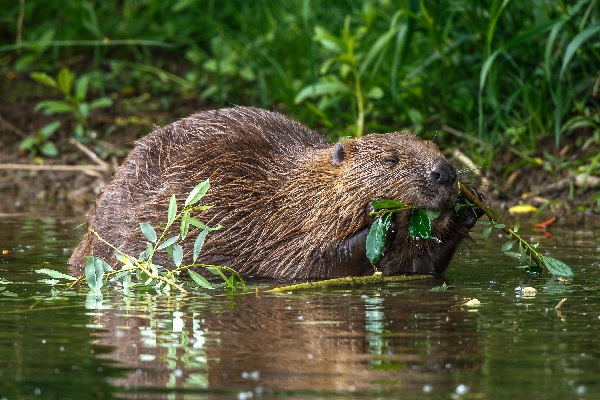 Credit: Laurent Wies
Credit: Laurent Wies
The Nature and Forest Agency, under the authority of Luxembourg's Minister of the Environment, has invited the public to report beaver activity; they recalled that the Grand Duchy is home to 39 known beaver sites.
For about 200 years, the beaver was considered extinct in Luxembourg; the animal was persecuted, hunted and exterminated because of its fur and flesh. However, several release projects in neighbouring countries in the 1980s and 1990s saw the migration of individual beavers to the Grand Duchy and, around ten years ago, the country was again home to a small beaver population.
Since then, this population has grown further and Luxembourg currently boasts 39 known beaver sites. Each year, a few baby beavers are born who go on to look for new areas, normally in May where new locations are often populated; since young beavers have been shown to travel 20-40 km (sometimes even more than 100 km) in this search, they can be found anywhere there is water and vegetation. Since beavers eat rather herbaceous vegetation over the summer months instead of felling trees, these new areas often remain undetected until late summer or even until autumn.
The Nature and Forest Agency has noted that there may be other beaver sites in Luxembourg that have so far remained undetected. In this context, the Agency has asked the public to report any signs of beaver activity via e-mail: biber@anf.etat.lu or tel.: 621-202182.
The beaver is considered a key species that brings great benefits for biodiversity and water conservation. In individual cases, however, there can also be conflicts with human interests. For these cases, together with representatives of all interest groups, an action and management plan has been drawn up for dealing with beavers in Luxembourg, which shows both what can be done to protect the beaver and how conflicts can be resolved.








